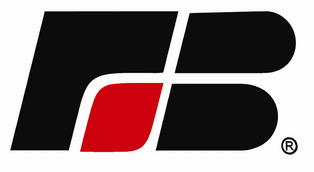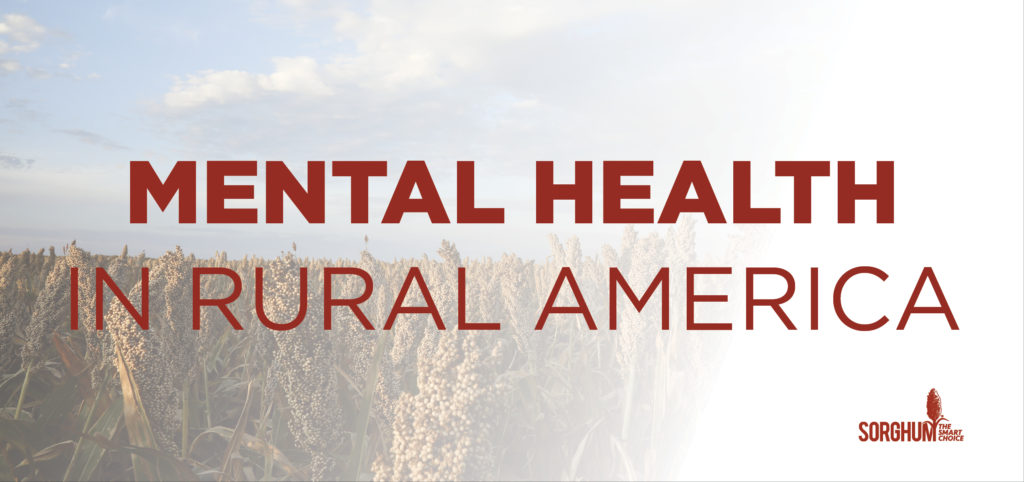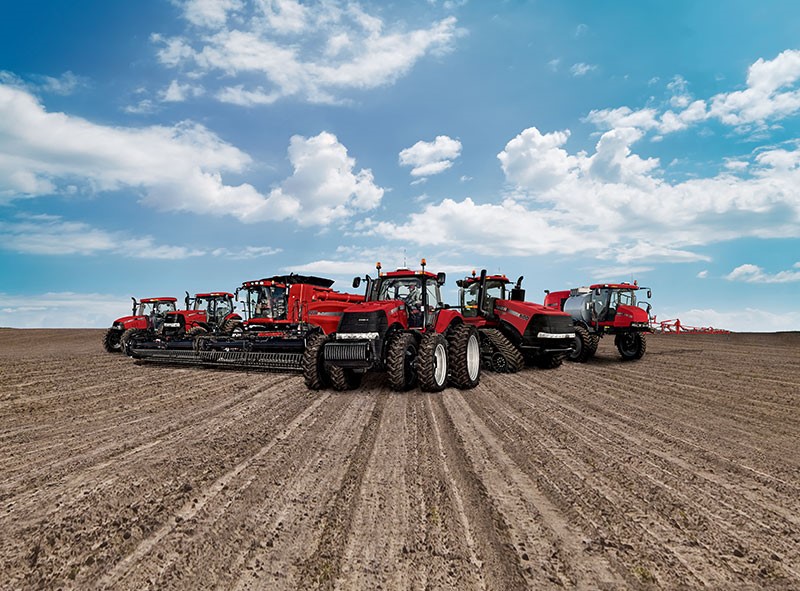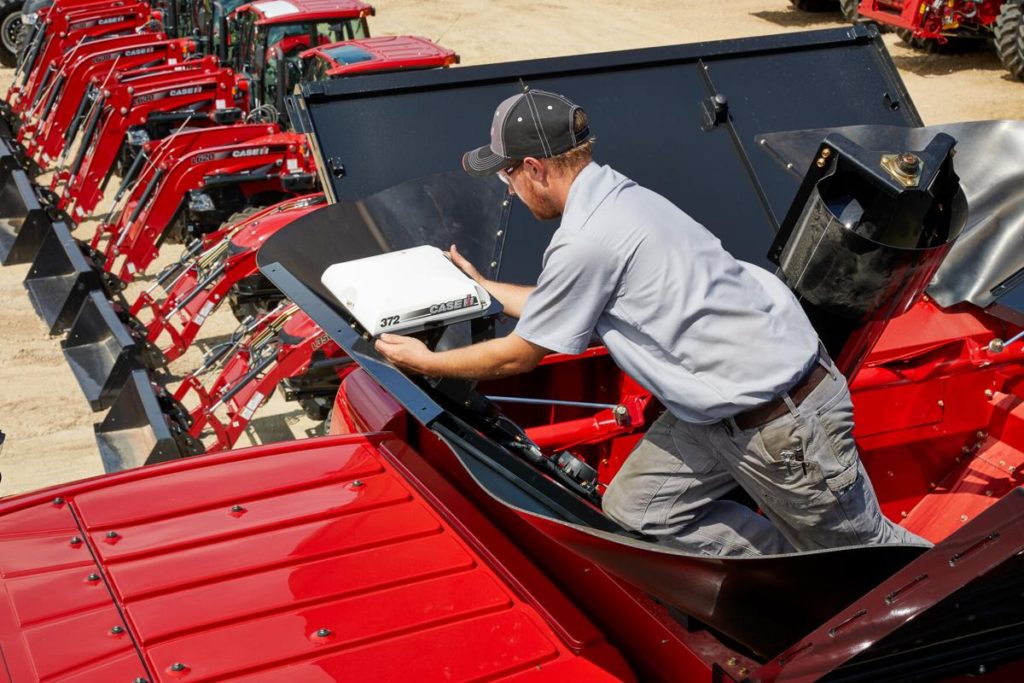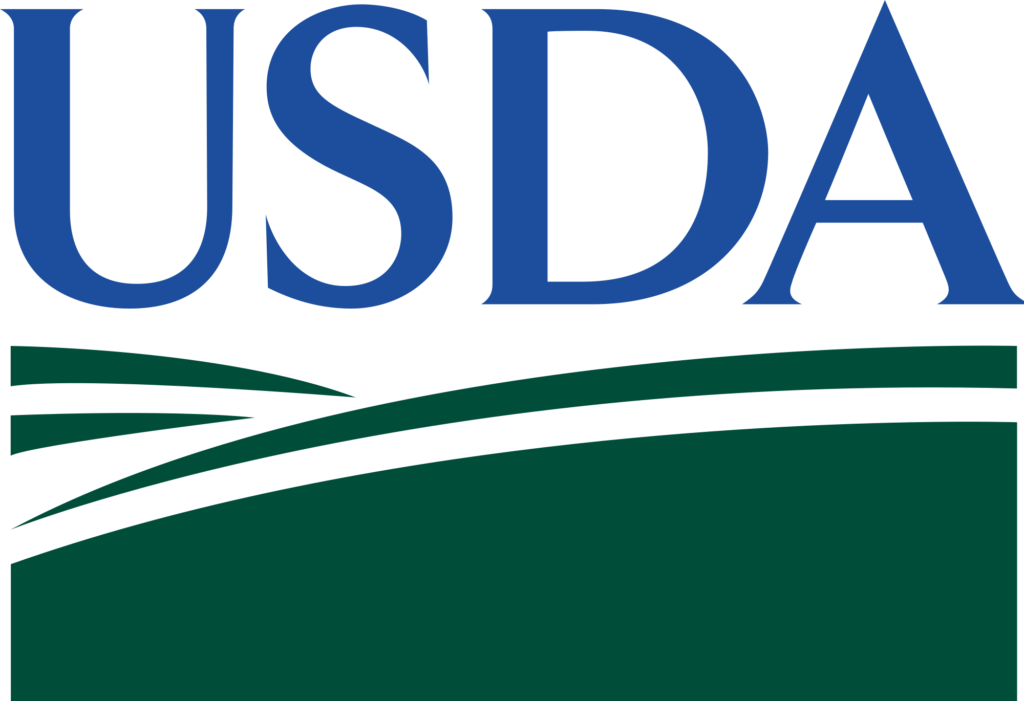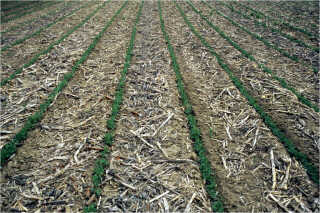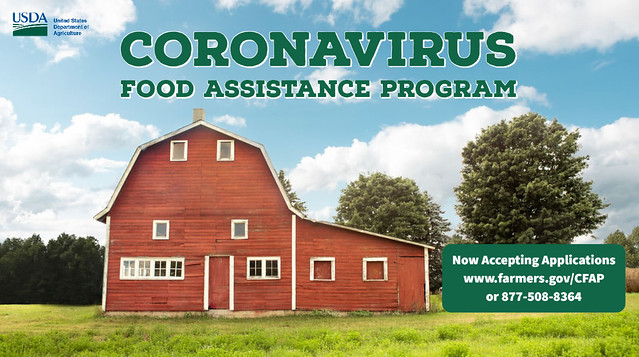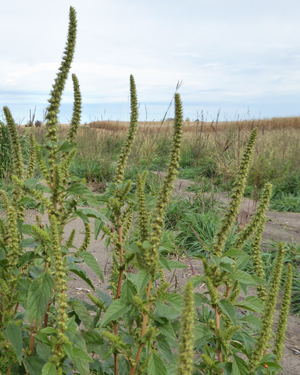Dairying in Ireland was an irresistible topic to a writer who grew up working at the Gerhold Brother’s Dairy of Castlewood, South Dakota. While on vacation in Ireland, Frank Costello, the gentleman that rented a beautiful cottage to us, put me in touch with a local dairy farmer named Tom Clesham. One phone call and a couple of texts later, I was on my way to visit the Clesham Farm in County Mayo, near Cong.
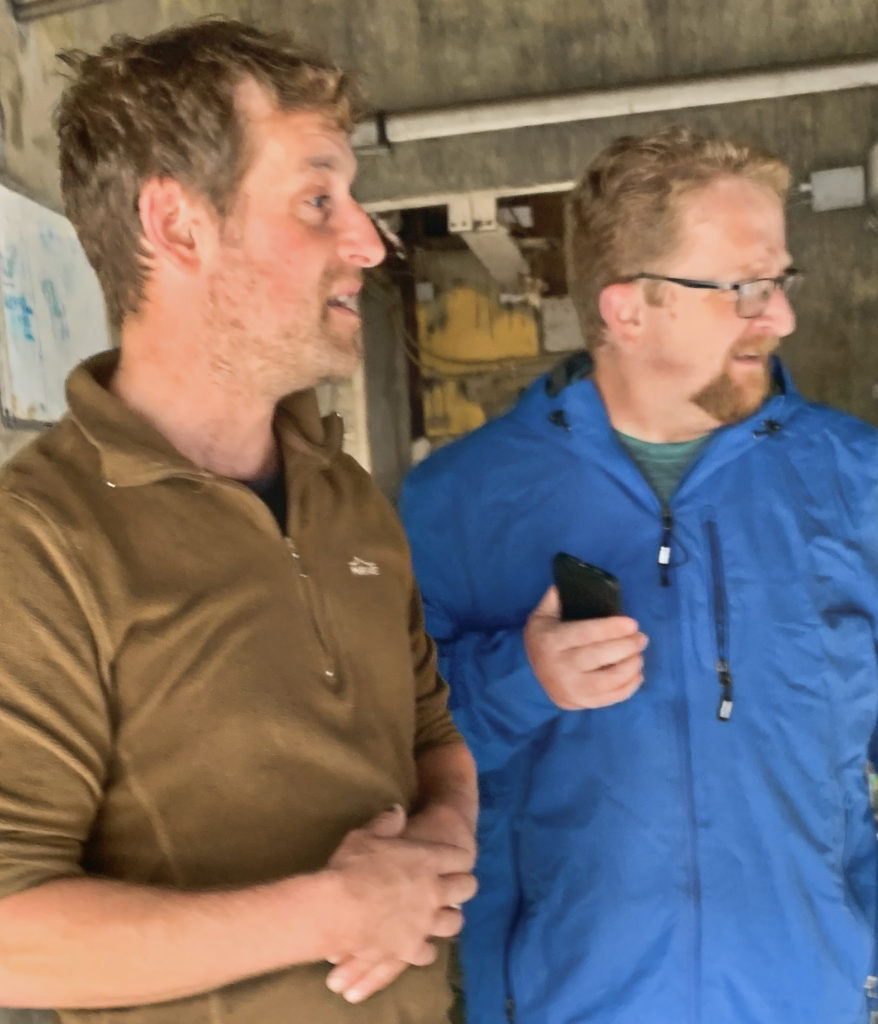
The 96-acre dairy farm stretches back several generations through his family tree. However, Toms’ father, Tim, and the rest of the Clesham family milked cows until 1990, when Tim switched to beef cattle. Over the next several years, the father-son farmers bred pedigree Limousine cattle alongside their commercial beef herd after leaving dairying.
But Tom became frustrated with the volatility of the Irish beef sector, something American beef farmers know all too well. So, looking at the books, Tom felt it wasn’t financially doable to keep raising beef animals. After 23 years, it was time to go back to dairying, and the work began in 2013.
“The process wasn’t too bad because a lot of the milking facility was still here,” Clesham recalled as the milk truck pulled into the yard. “Originally, when we took the equipment out, we filled the pit with clay, put plastic over it, and then covered that with cement. When we went back to dairying, I just undid that process.”
He runs a six-unit parlor that Clesham would like to make larger as he plans to expand his herd. When he redid the milking parlor, Clesham planned ahead by leaving room for a total of eight units. Once the cows are inside the parlor, Clesham hits a button to dispense feed into the automatic feeders to keep the cows busy while they give their milk.
“Every time I hit the button, I know they’re getting .6 kilos of ‘nuts,’” he said. “It’s a dairy pellet ration, or a ‘nut,’ as I like to call it, with a load of different ingredients. The cows are currently getting a 14 percent protein nut called ‘Grass Match,’ and is for feeding at lower levels while still giving a higher level of minerals and things for when they’re out on the grass.”
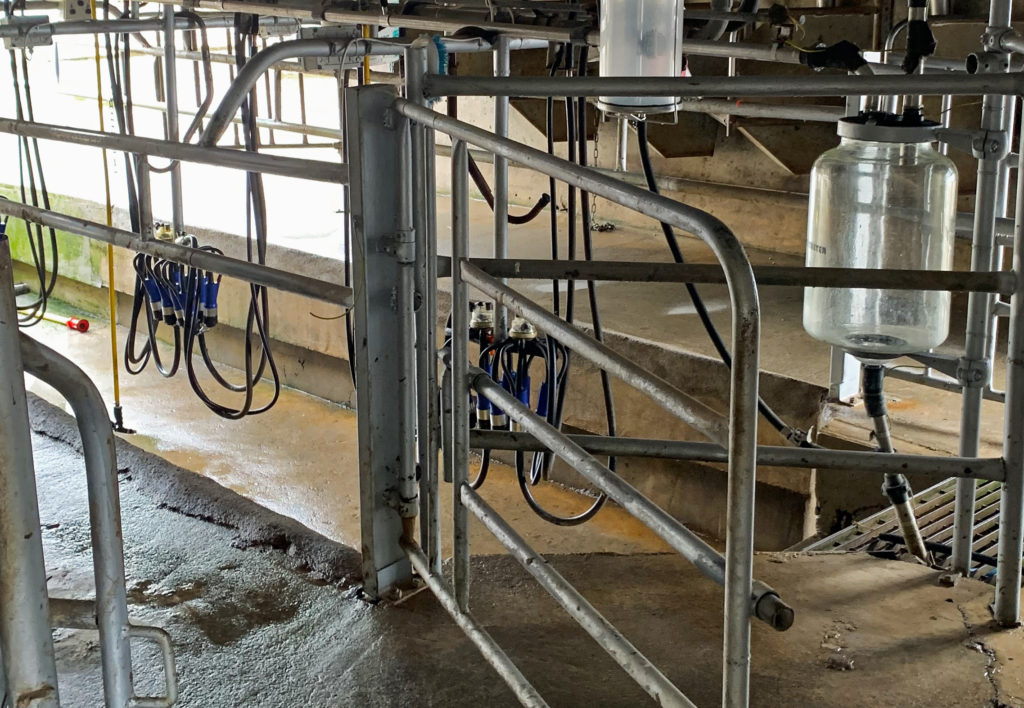
“At the end of the year, I’ll start giving a little more protein in their pellets because they won’t be out on the grass as much,” Clesham added.
Cows get wiped pre-milking with a paper towel, and he’ll pre-draw them to check the cows, milk them, and then he applies teat dip from a spray bottle. “It’s also got a peppermint smell to it, and I think that helps with the flies,” he added.
As American dairy farmers know firsthand, expanding a parlor is a big undertaking. Clesham bought secondhand Pyrex parlor equipment over 20 years ago. The steelwork in the parlor will stay, but he plans on replacing everything else, including his milk pump, which is a diaphragm, in favor of an electric pump.
“It really wouldn’t be a difficult process, but it will be an expensive one,” the 40-year-old farmer said with a grin. “I got the equipment you see here off a well-known online platform in Ireland called ‘Done Deals.’”
From the first discussion about returning to dairying to the first milking, Clesham estimates it took two years to complete that particular journey. He spent a lot of time in meetings with the local milk cooperative on the way to running a full-time dairy and is quick to credit his father Tim’s knowledge of the business in getting it running.
“I also have a neighbor down the road named Martin Jennings who’s about the same age as I am and was a great help to me,” he added. “He’s a great friend of mine and is always at the end of the phone to ring him up and ask him about things I didn’t understand. Mark was a great help in that regard.”

It was at this point in the conversation that the milk truck was backing into the yard to hook up to the bulk tank. For the last few years, the milk coming out of the Clesham’s bulk tank won awards from Animal Health Ireland for its low Somatic Cell Count. “It doesn’t make you any more money,” he said with a smile, “but the cows stay healthy, and that’s important in dairying.”
Clesham credits that success to the cleaning routine and the drying-off process he uses for the cows. “Last year, I started doing a few culture tests on the cows,” he recalled. “That’s going along with my veterinarian and knowing what sort of bacteria we may be fighting by getting the right antibiotics.
“I’ve also been fairly strict when it comes to drying off cows,” Clesham says. “I won’t do too many at a time. I also never dry off cows in the evening; I dry them off in the morning. They’re standing up for a bit longer in the day and seal up. We treat them with dry cow therapy and teat sealers. If we do it in the evening, they’re probably laying down for the night soon afterward.”

With a big smile, Clesham added, ”Some people may say you’re daft, but it’s just the silly things I do.” Each of his dairy cows has a minimum of eight weeks when they’re dried off, not milked, and can recover to put on condition to calve again.
Calving season on the Clesham farm usually begins around the first of February. He gets the bull out to the cows and aims for them to calve in a six-week period. “I generally try to have the cows dried off by December,” he added, “and they’re off in January and hopefully calving by the first of February.
“I breed all my replacement cows,” Clesham said. “The only calves I keep for myself are Friesian females. All the rest of the calves will get sold.
“There’s a push now in Ireland that emphasizes the welfare of dairy-born calves that will be finished and put into beef,” he says. “The push says that that the animals are worth something even if they won’t bring you a lot of money. Family farmers in Ireland will still call the vet for a sick bull calf even if that might cost more than what he’s worth.”
Ireland has new regulations in place to ensure proper animal care for its 1.55 million dairy cows, including one that prohibits farmers from selling calves until they’re at least 10 days old. “It’s just to make sure the navel is dry, the calf is reasonably hardy, and it keeps two-and-three-day-old calves from going into the market, which is a good thing,” Clesham said.
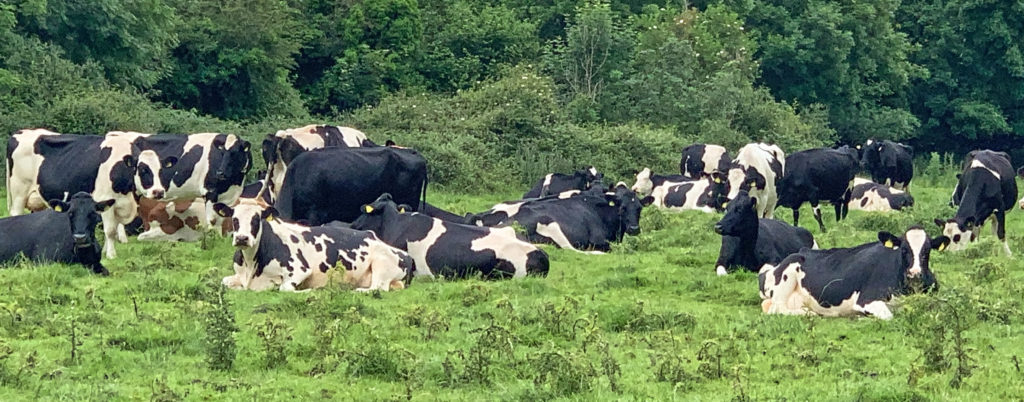
Most, if not all of the milk produced in Ireland, comes from grass-fed cows. Clesham, one of more than 18,000 dairy farmers in the country, says that’s the most profitable way to do dairying in Ireland. In fact, the Irish dairy industry markets itself as selling “grass-produced milk from small family farms.” He said that is what makes Ireland dairying unique.
The temperate Irish climate allows farmers to grow large quantities of grass over a long season, so the 40-year-old farmer rotates his 80-cattle herd through a handful of different pastures, called “paddocks.” It’s going to get a little trickier over the next several weeks as the grass “slows down a bit come July” when grass gets a little “stemmy.”
“During this rotation through the paddocks, I’m going behind the cows and mowing the paddocks, which I call ‘topping,’ and trying to cut back any stringy grass that they won’t eat at this stage,” he said. “I think it allows the grass to come back a little better when I mow after the cows eat all they can get to.
“Some guys think it’s better to mow the grass before the cows come into a paddock,” Clesham added. “Other guys say it’s better to skip paddocks entirely and make baled silage out of it. We do cut some silage here in addition to running them out on paddocks.”
As with most American dairy farms, the milk goes to a local cooperative for processing. Clesham says Irish co-ops are now paying bonuses from dairy farmers for higher-quality milk, so the higher the protein and butterfat content, the higher the check. Clesham works on what’s called an “A, B, C Milk Payment System.”
While walking on the road running between different paddocks, Clesham stops in front of a new building to house the cows before they head into the barn for milking something American farmers might refer to as “stanchion barns.” The cows lay on rubber mats in each of their cubicles. While some Irish dairymen may put down chopped straw or sawdust, he puts down lime in each cubicle.
“The manure pit is down below where the cows walk,” Tom said. “We spread it out on our land here. It’s mixed around and stirred before it goes into vacuum tanker vehicles that put it down on the land.”
Speaking of caring for the land, an American Farm Bureau survey in November 2020 showed that Americans trust their farmers to do the right things when it comes to sustainability and the environment. Clesham feels the Irish hold their dairy farmers in equally high regard.
“What we produce is grass-based, and I suppose, is more environmentally friendly than big barn systems that feed a lot of grain,” he said.

Carbon emissions Is another topic that American farmers understand, and the conversation has also begun in Ireland. The dairyman says there’s “been a little bit of flak” when it comes to farming and carbon emissions.
“I’m not an expert on the topic, but I do think some folks have been led a bit astray on what it is,” Clesham said thoughtfully. “There are some cattle on lands across Ireland, but there are also huge plots of land that absorb carbon too. On my farm, I can easily say I have more trees than cows.”
That in no way means Clesham isn’t concerned about caring for the environment. After all, if he doesn’t take care of his land, he won’t be able to continue dairying into the future, something he clearly loves doing. “As we talk here, you can see I’ve planted a long row of flowers I call my ‘Bee Bank,’ he said. “That’s to help the bees in my area stay healthy.”

Clesham is currently milking 47 cows and looking at more. He has visited with a government-run advisory service (Teagasc) that helps farmers with their dairying plans. At one point, they discussed not having any heifers and just having milking cows on the acreage.
“I might be able to milk over 70 cows then, but that would lead to other troubles,” he said. “I’d have to find a source for heifers. I’m definitely going to milk a few more next year as I have 16 in-calf heifers that will add on to the milking herd.”
Dairying is not the only thing keeping him busy: He’s working at the Falconry School on the grounds of Ashford Castle near Cong, Ireland, and raises pheasants for future hunting opportunities.



